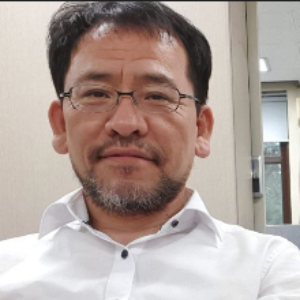Abstract:
Three industrial waste incinerators (IWIs) were built in 1999, 2001, and 2010, within a 3 km radius of a town with a population of around 5000 in Korea. This study evaluated whether residents near these three IWIs had increased cancer incidence than those from other areas in Korea using regional health data. Standardized incidence ratios (SIR) were calculated using the frequency of cancer cases in the National Cancer Registry of the exposed area (Buki-myeon), Chungcheongbuk-do (Chungbuk, state including Buki-myeon), and whole Korea from 1999 to 2017. A retrospective cohort was created using National Health Insurance System data from 2002 to 2018. The exposed group was defined as those having a residential history in the exposed area. The control group was defined as those having a residential history in nearby towns or counties in Chungbuk, excluding counties having living and cultural areas in other provinces and cities. Hazard ratio (HR) and 95% confidence intervals (CI) were estimated using the Cox proportional hazard model adjusted for age, level of health insurance fee, and smoking history.In the ecological study using National Cancer Registry data, the risk of all cancers, all cancers excluding thyroid, esophageal, stomach, and lung cancers in the exposed area were 1.13 (95% CI 1.03–1.24), 1.15 (95% CI 1.04–1.26), 1.91 (95% CI 1.13–2.89), 1.39 (95% CI 1.14–1.66), and 1.29 (95% CI 1.03–1.57) times higher than in whole Korea among exposed males, respectively. In the retrospective cohort, 4300 males (26,821 person-years) and 3796 females (24,746 person-years) in exposed group, 150,964 males (1,212,010 person-years) and 134,535 females (1,104,025 person-years) in control group were analyzed. After adjusting for several confounding factors, the risks for gallbladder cancer among males and kidney cancer among females were 2.65 (95% CI 1.38–5.06) and 2.82 (95% CI 1.13–7.03) times higher in the exposed group versus the control group, respectively. In summary, cancer risk was higher in Koreans having residential history living near IWIs compared to the other areas. Further study warrants nationwide effects and longer follow-up of WIs for cancers in Korea.
Audience Take Away Notes:
- This result helps to understand the effect of increasing cancer incidence due to incinerators.
- Although a retrospective cohort study design is applied to an environmental epidemiological study, it has limitations in exposure assessment.
- Other exposure sources other than incineration facilities (vehicle traffic, factories, etc.) need to be considered.




